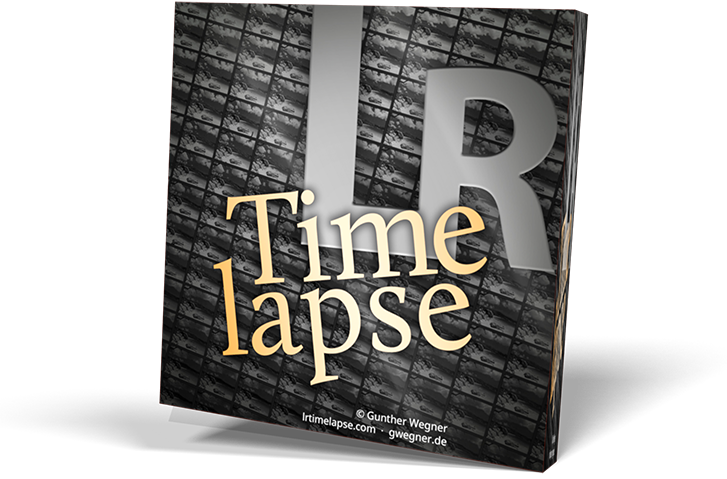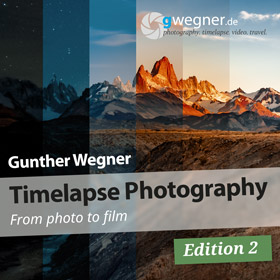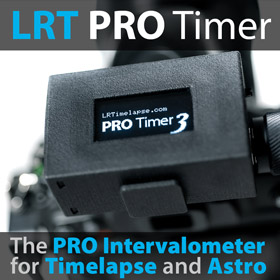This post was last modified: 2020-05-20, 15:37 by
Gunther.
Hi Gunther
I perfectly understand that you render for wide gamut actually, but without the possibility to embed the color profile in the video I think it makes a mistake in color management , the same mistake as to open an Adobe RGB file in a non color managed software.
(By the way i checked and the shift is bigger than that ( lighter and more desaturated, even without motion blur and sharpening, when using proRes) so i don’t know what happens.)
Actually most monitor/TV are closer to sRGB, Apple monitors can have P3 space only after 2015 ...
FCPX allows us to work in Rec 709 (≈ sRGB) or Rec 2020 ≈ (AdobeRGB)
It could be nice to have the choice to export the files in sRBG or Adobe RGB. Like we can do it without Lightroom.
The best would be to be able to render for REC 709 or REC 2020 from Adobe RGB files [feature request] ;-)
Also why do you use zip instead of LZW ? it seems much slower to compress ?
By the way Visual Deflicker (with manual correction in some boxes) does a great job and allowed me to "save" one TLapse shot in « A » mode by mistake.
Thanks
Regards
Denis




